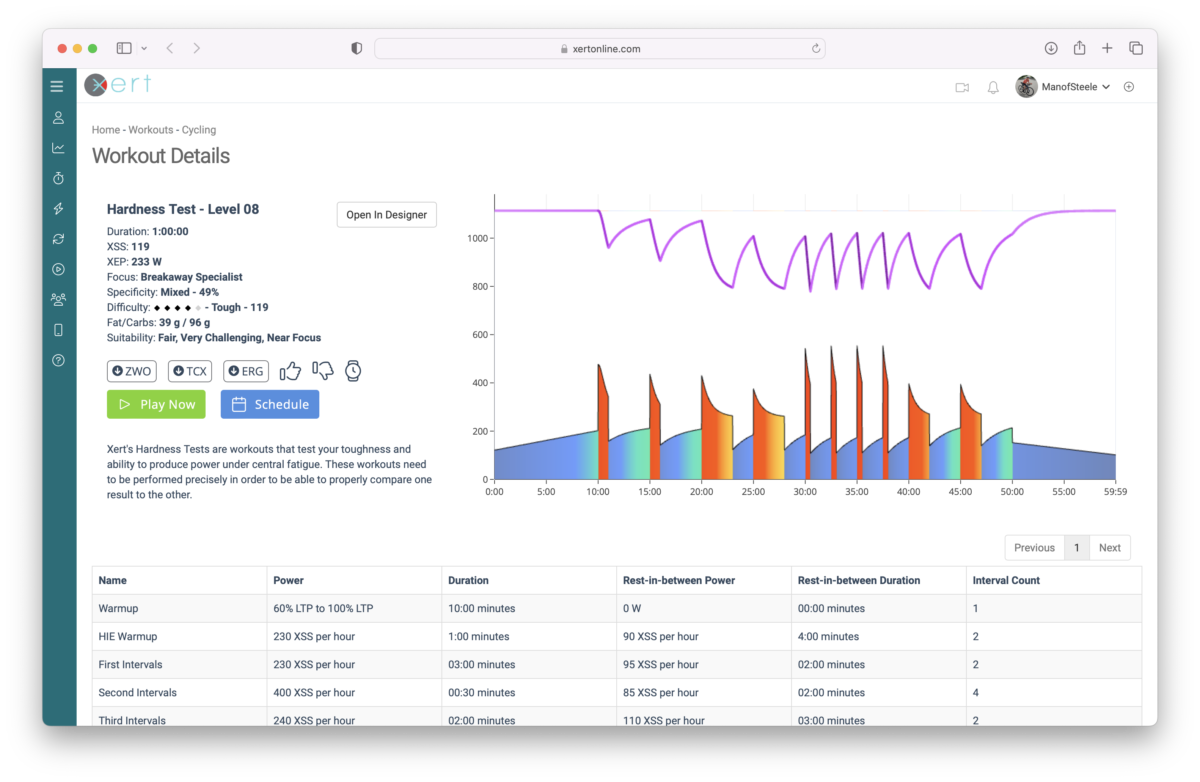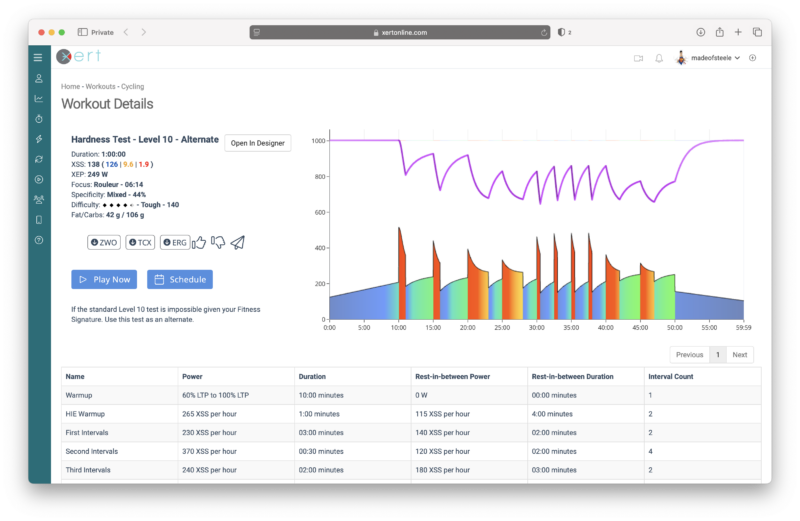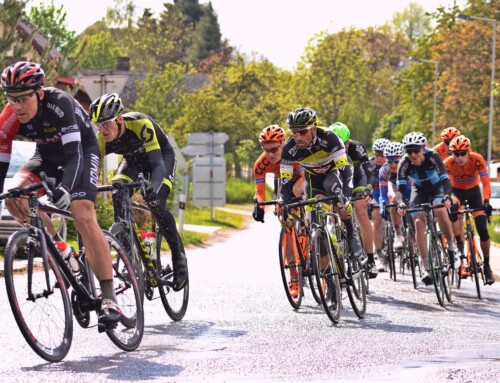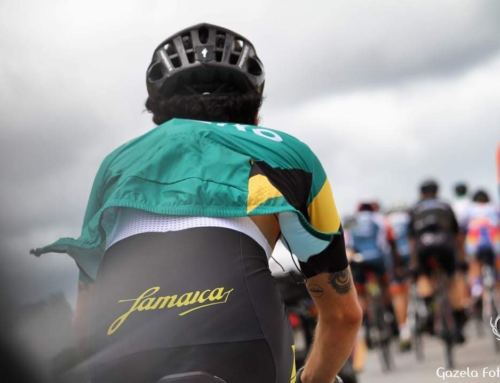When we introduced SMART workouts, we revolutionized the way athletes train by shifting the focus from fixed intensities to strain-based intervals. This means that with Smart Workouts, the intensity of your session never gets too hard or too easy. Imagine a workout that eases up just before you reach your limit, allowing you to continue pushing without going over the edge. This concept of training right below your maximum capability is what makes Xert’s Smart Workouts unique and effective.
But the real question is: How hard can you go? Or how much discomfort can you endure?
Introducing Hardness Tests
To answer this, Xert introduces the concept of Hardness Tests—a set of 16 workouts designed to assess your capacity to absorb strain. Unlike traditional fitness tests that focus on your specific fitness parameters, Hardness Tests measure your ability to endure discomfort and assess your overall mental and physical toughness.
Fatigue hurts, and we all know that pushing through high-intensity efforts leads to greater discomfort. Some athletes dig deeper than others, demonstrating what we call “toughness.” Now, for the first time, we can measure just how tough you really are.

How to Determine Your Hardness Level
To determine your Hardness Level, start with a workout that reflects what you believe you can achieve. A good way to estimate the level is to compare the workout’s XSS (Xert Strain Score) with your current Training Load. If you complete the workout, that level becomes your hardness score. If you can’t finish it, try a lower level next time. If you complete it with relative ease, move up a level.
Here’s a general breakdown of the levels:
- Levels 2-3: Ideal for athletes recovering from injury.
- Levels 4-8: Suitable for trained athletes.
- Levels 9-13: Competitive athletes can expect to complete these.
- Levels 14-16: Extreme levels, designed for professional athletes.
| Hardness Level | Total One Hour XSS |
|---|---|
| 2 | 60 |
| 3 | 70 |
| 4 | 80 |
| 5 | 90 |
| 6 | 100 |
| 7 | 110 |
| 8 | 120 |
| 9 | 130 |
| 10 | 140 |
| 11 | 150 |
| 12 | 160 |
| 13 | 170 |
| 14 | 180 |
| 15 | 190 |
| 16 | 200 |
Alternate Hardness Tests for Specific Fitness Signatures
Note that Levels 10-13 offer alternate test options in case your specific fitness signature prevents you from completing the default hardness test.
For example, if the standard Level 10 test is too difficult given your fitness signature, use the following alternate test designed to provide a more achievable challenge:

Training Load and Hardness: How They Work Together
As your training load increases, so does your ability to handle strain. The more you train, the tougher you become. Hardness tests are an excellent way to gauge your ability to withstand training strain, and as your fitness improves, so will your hardness level.
Don’t be discouraged if you can’t complete Level 5 or 6 yet. As you continue training and your load increases, you’ll find that you’re able to move up the levels, improving both your physical and mental toughness.
Conclusion
Hardness is a crucial aspect of athletic performance, and Xert’s Hardness Tests provide an objective measure of your ability to endure strain. As you progress through different levels, you’ll not only get fitter but also more resilient. By incorporating Hardness Tests into your training, you can better understand your limits and improve your toughness, ultimately enhancing your performance.
Updated 18 Dec 2024





